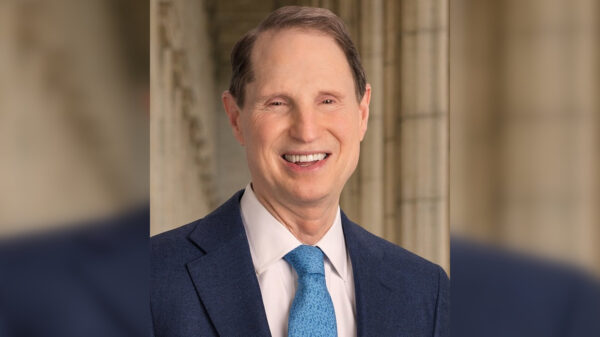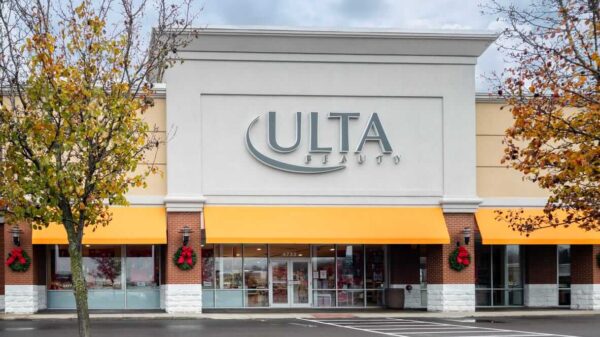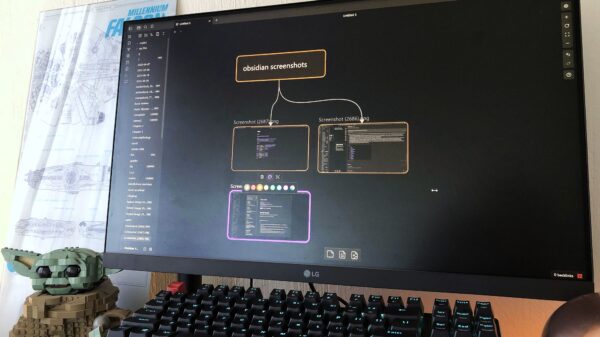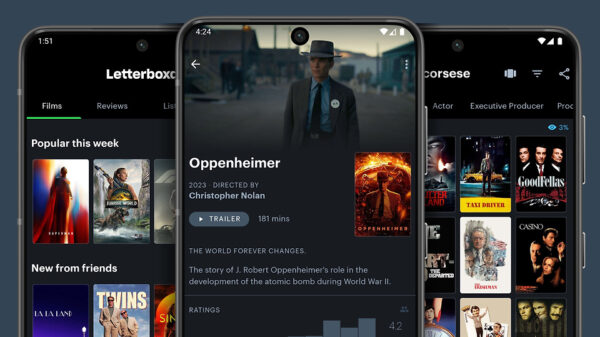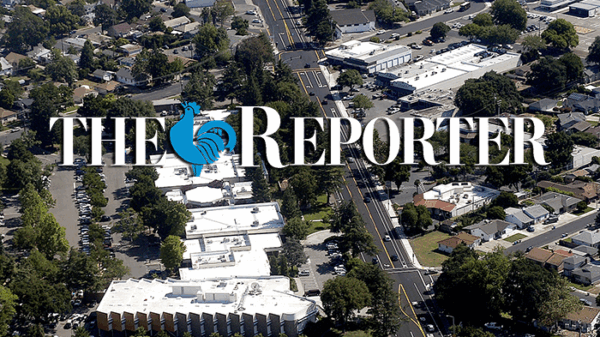Families across the United States are beginning their back-to-school shopping earlier than usual this year. According to the National Retail Federation, this trend is driven by concerns over price hikes potentially caused by tariffs imposed by the administration of President Donald Trump. As parents seek to secure deals before prices rise, many are adjusting their shopping habits to navigate these economic uncertainties.
The shift in shopping behavior reflects a notable change from previous years. Traditionally, families would wait until late July or early August to purchase school supplies and clothing. However, with the looming threat of increased tariffs on goods imported from China, many are opting to buy now. This proactive approach aims to mitigate the impact of potential price increases that could occur if tariffs are implemented.
In a recent survey conducted by the National Retail Federation, around 30% of families reported that they have already started their back-to-school shopping as of mid-July 2023. This is a significant increase compared to previous years when the number hovered around 20%. The survey also indicated that families plan to spend an average of $848 on back-to-school items, a slight increase from last year’s average of $789.
Understanding the Impact of Tariffs on Consumer Behavior
The anticipated tariffs, which could affect a range of school-related products, have prompted families to act quickly. Julia Vargas Jones, a reporter for CNN, highlighted that parents are particularly concerned about how these tariffs could influence prices on essential items such as electronics, backpacks, and clothing. The fear of rising costs has shifted the shopping timeline, forcing families to balance budgets against the potential for inflated prices.
Retailers are also adapting to this early shopping trend. Many have begun offering promotions and discounts well ahead of the typical back-to-school season. Stores are eager to attract early shoppers, ensuring they have a competitive edge as families look for ways to save. As a result, advertisements promoting “back-to-school sales” are appearing earlier in the summer, emphasizing discounts on popular items.
Future Expectations for Retail and Consumer Spending
The early shopping trend raises questions about how the retail landscape will fare in the coming months. With families eager to avoid higher prices, retailers may see a shift in purchasing patterns that could impact sales figures for the remainder of the year. While some experts predict that early shopping could lead to a robust retail season, others caution that the overall economic climate remains uncertain.
As families navigate the complexities of back-to-school shopping this year, the overarching narrative is clear: economic factors, such as potential tariffs, are influencing consumer behavior. By starting their shopping early, families are not only looking for savings but also aiming to shield themselves from unexpected price hikes that may arise due to external economic pressures. The outcome of this back-to-school season will be closely monitored by both retailers and families alike, as it could serve as a barometer for future spending trends.












